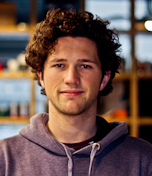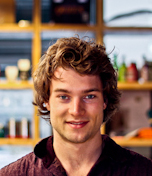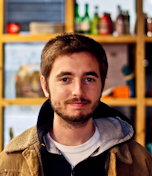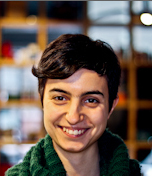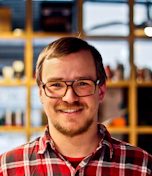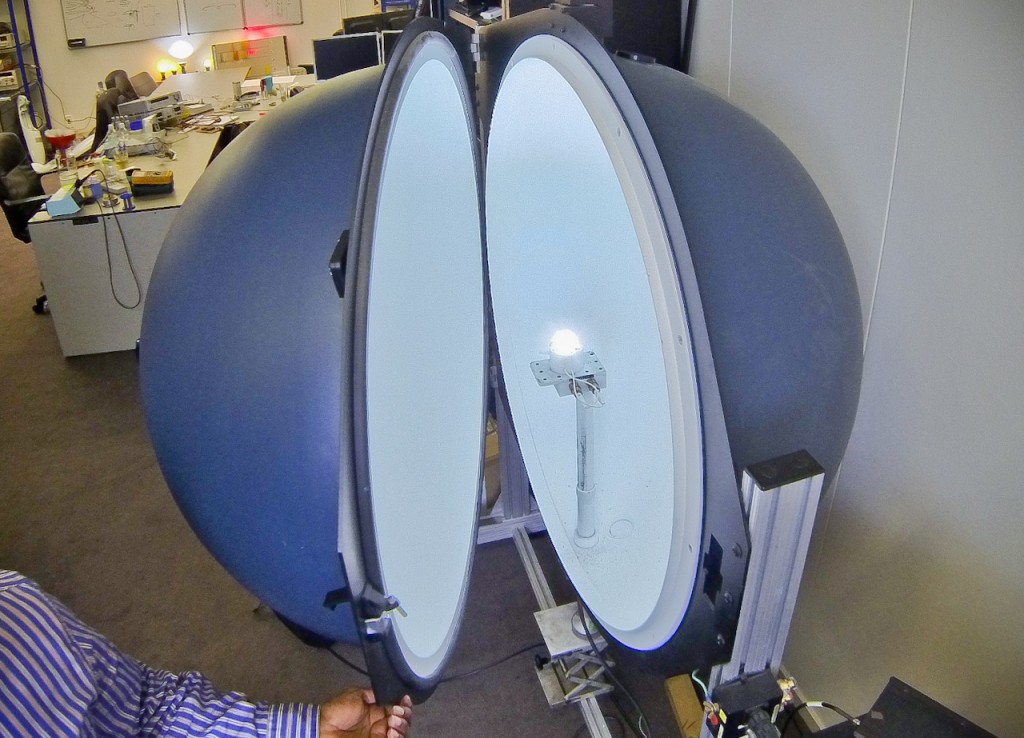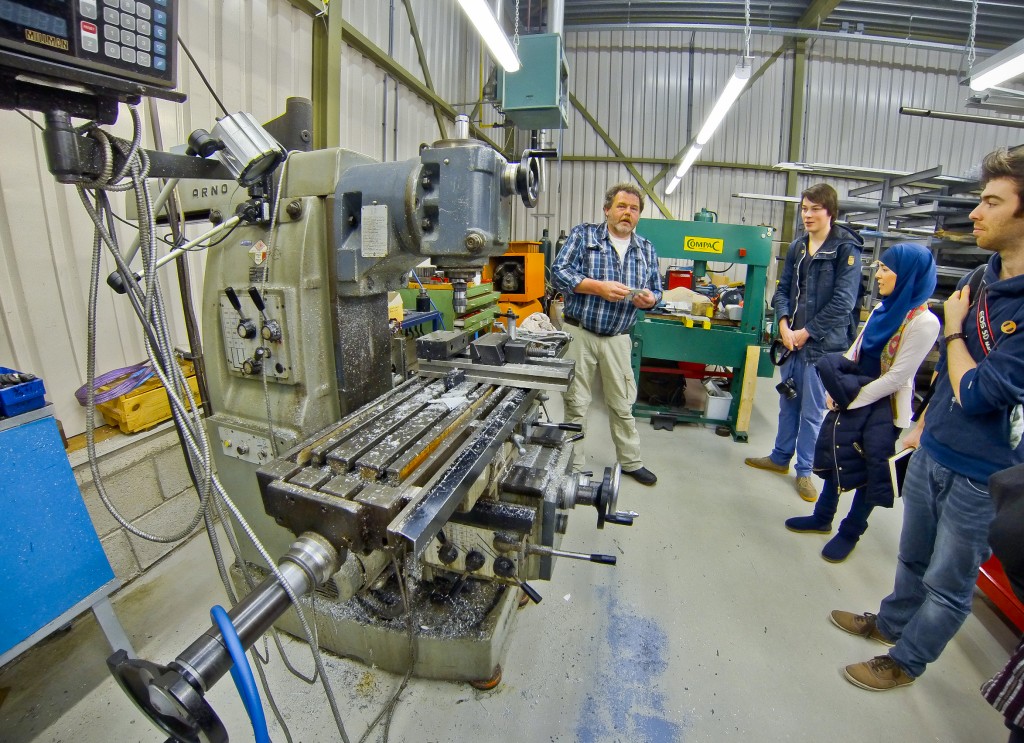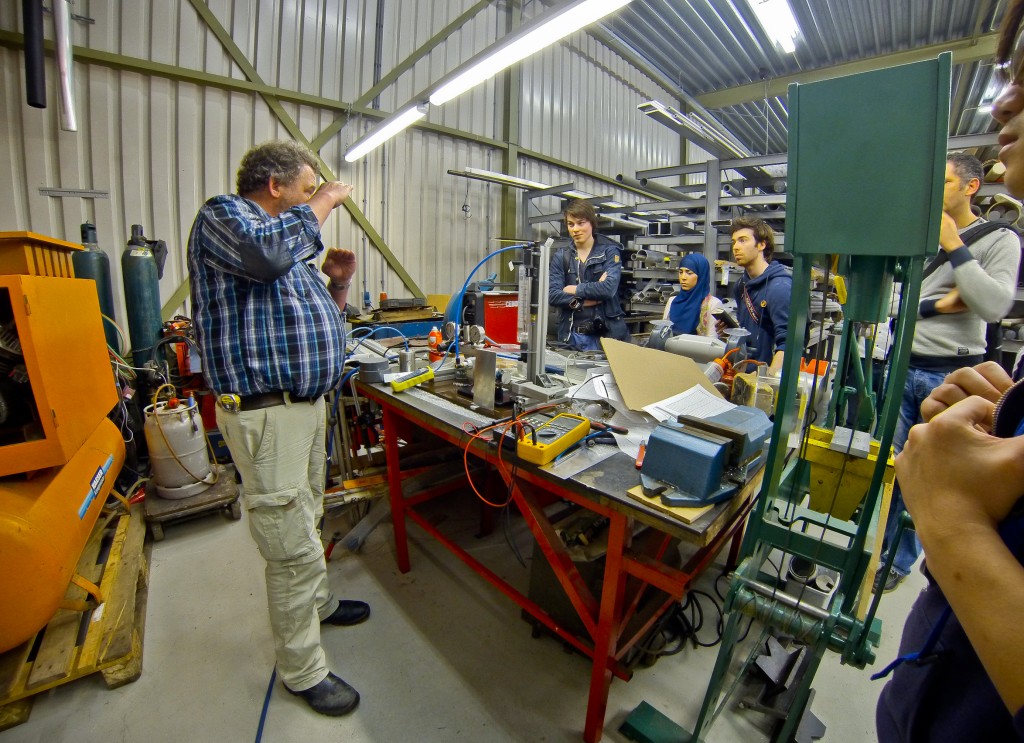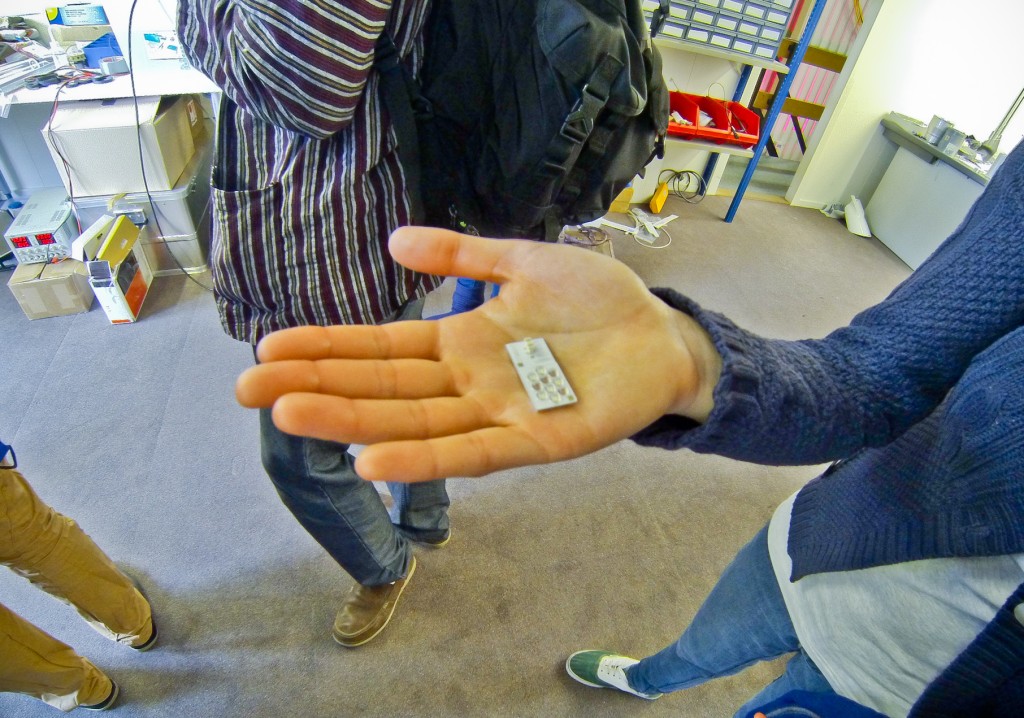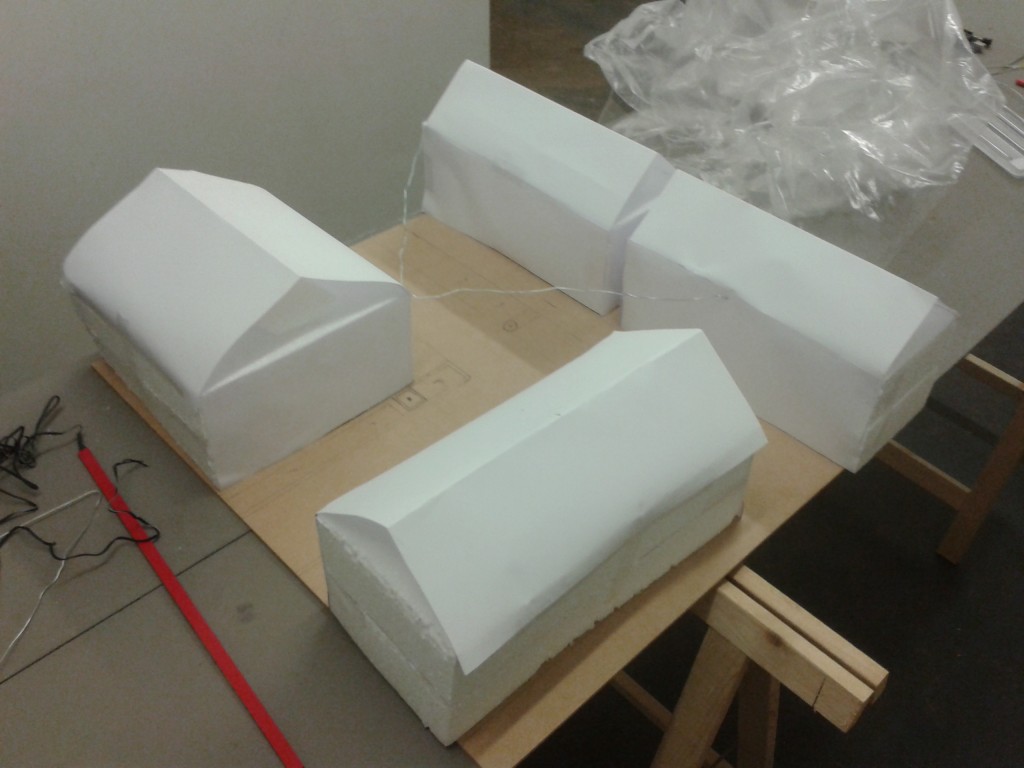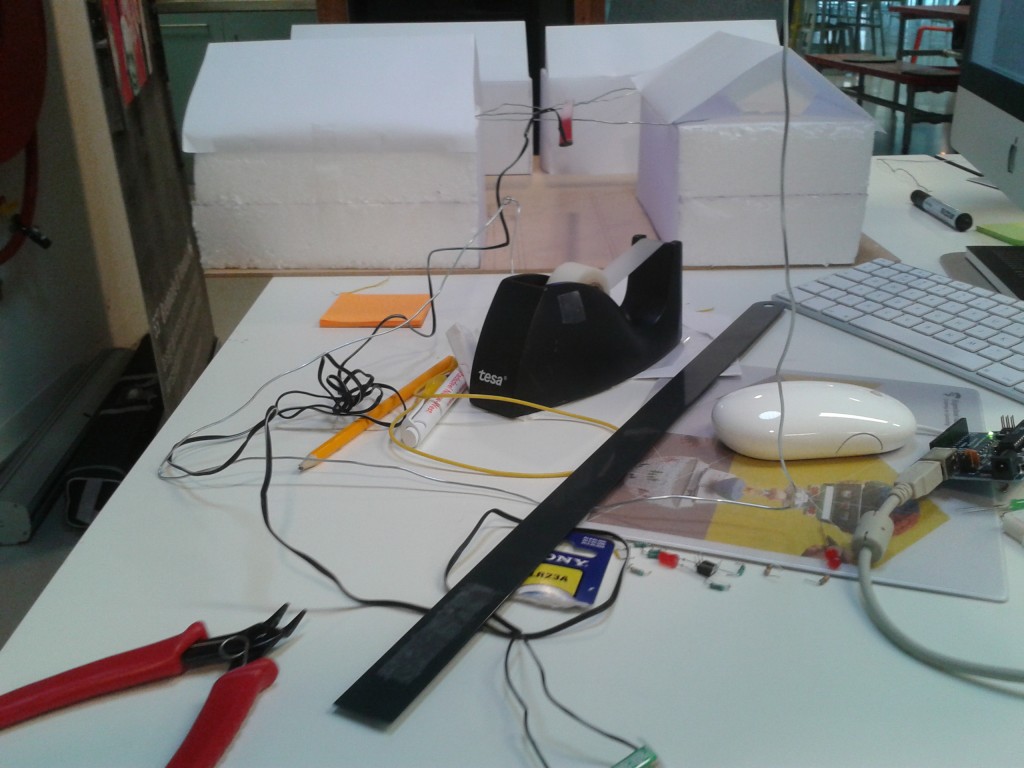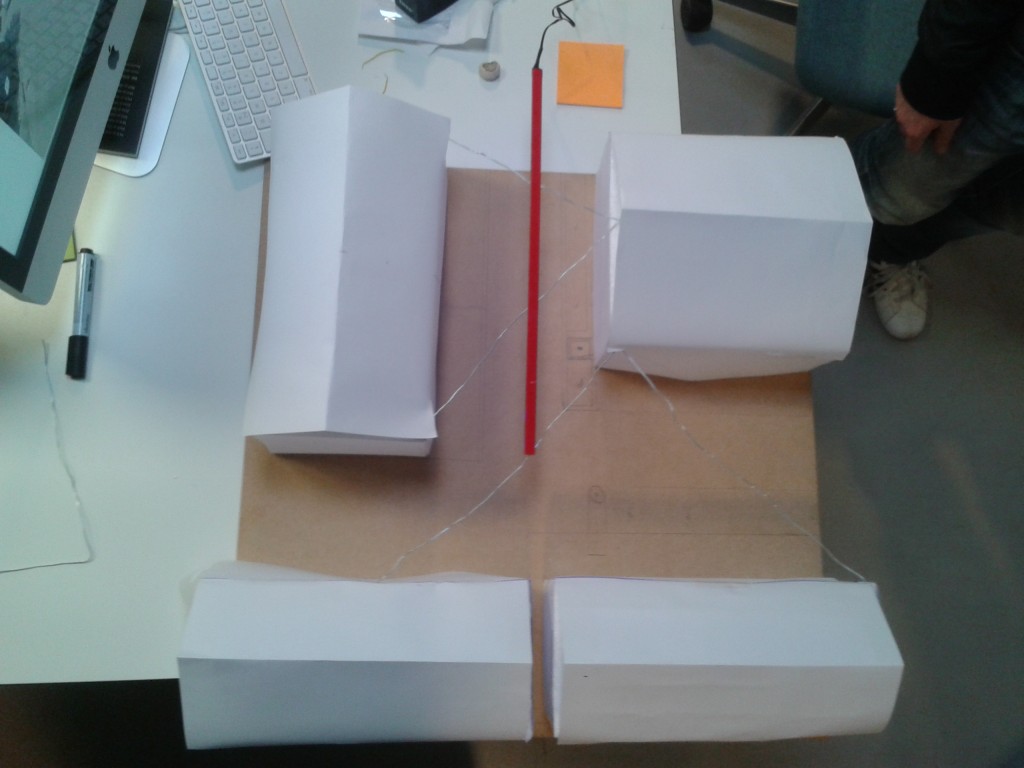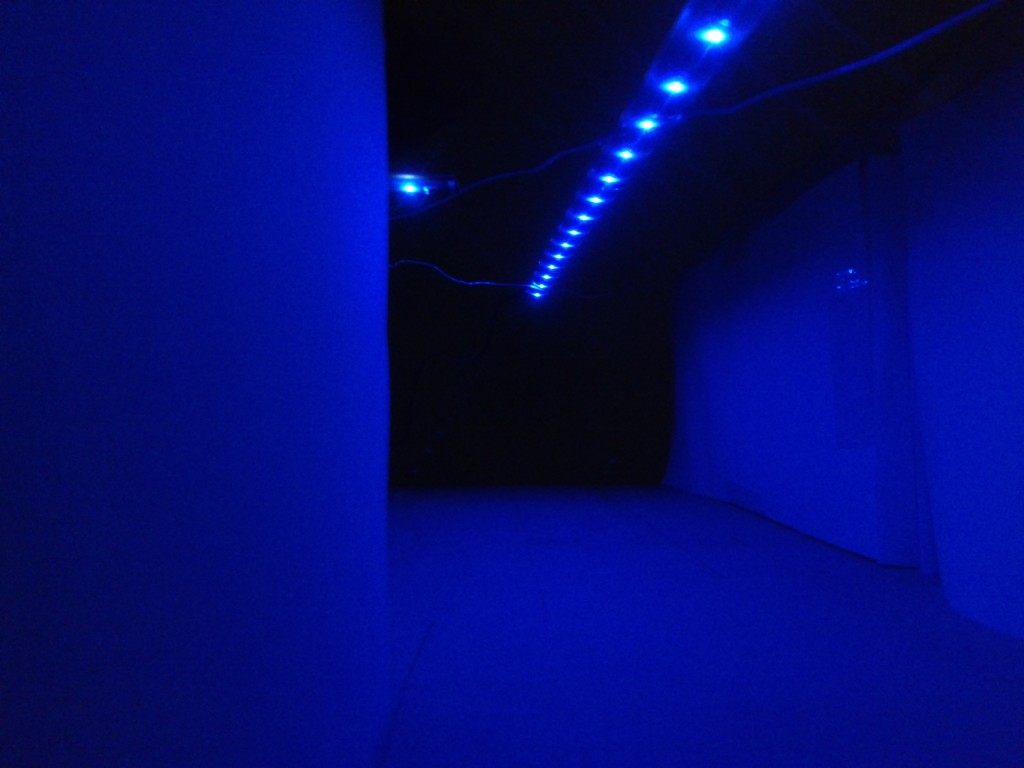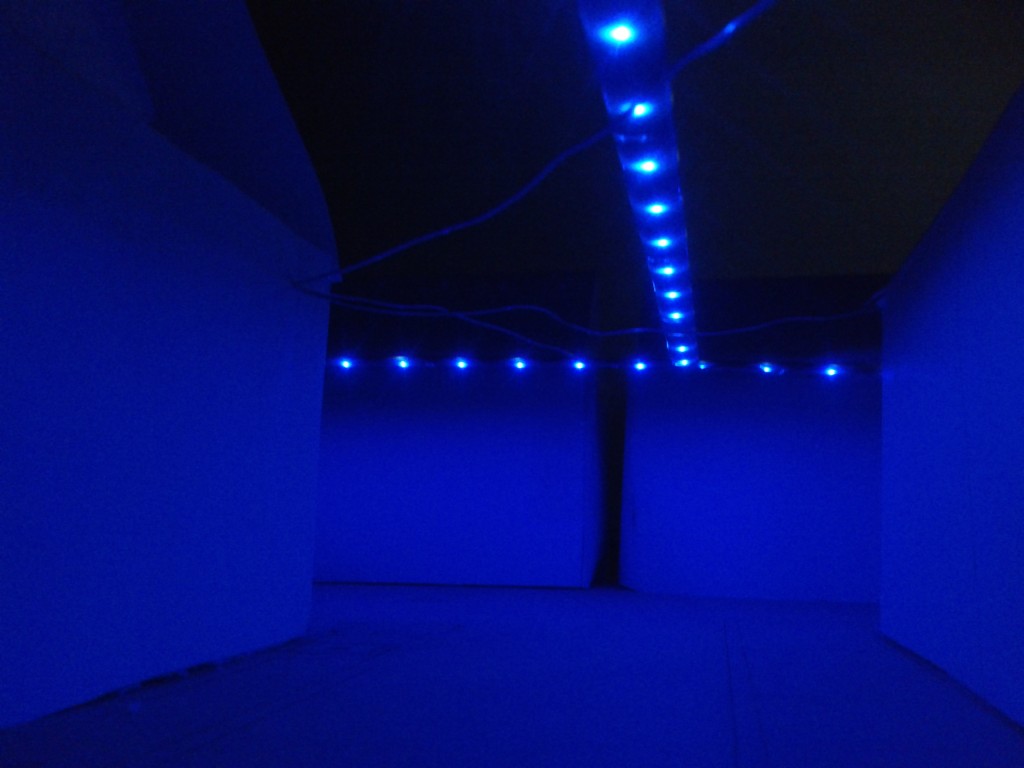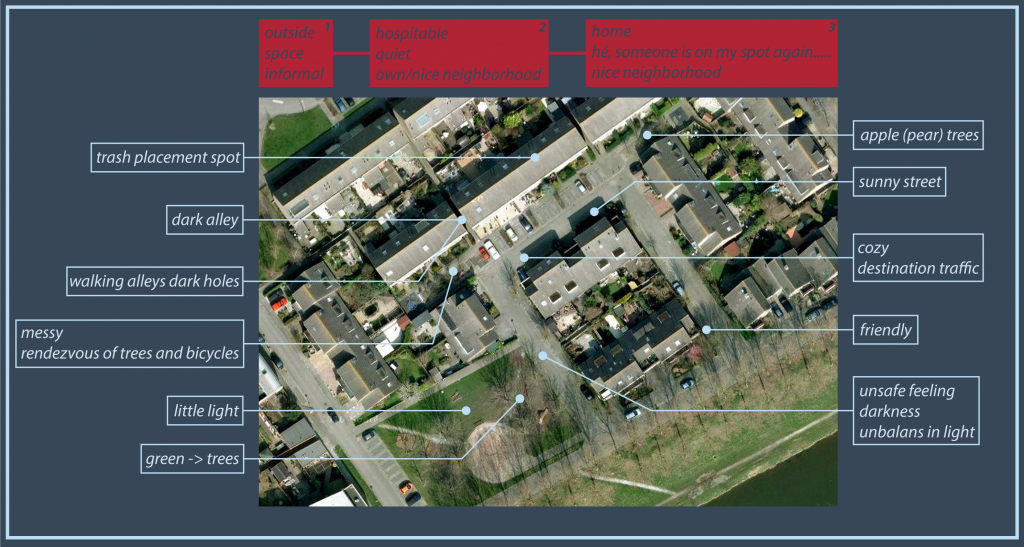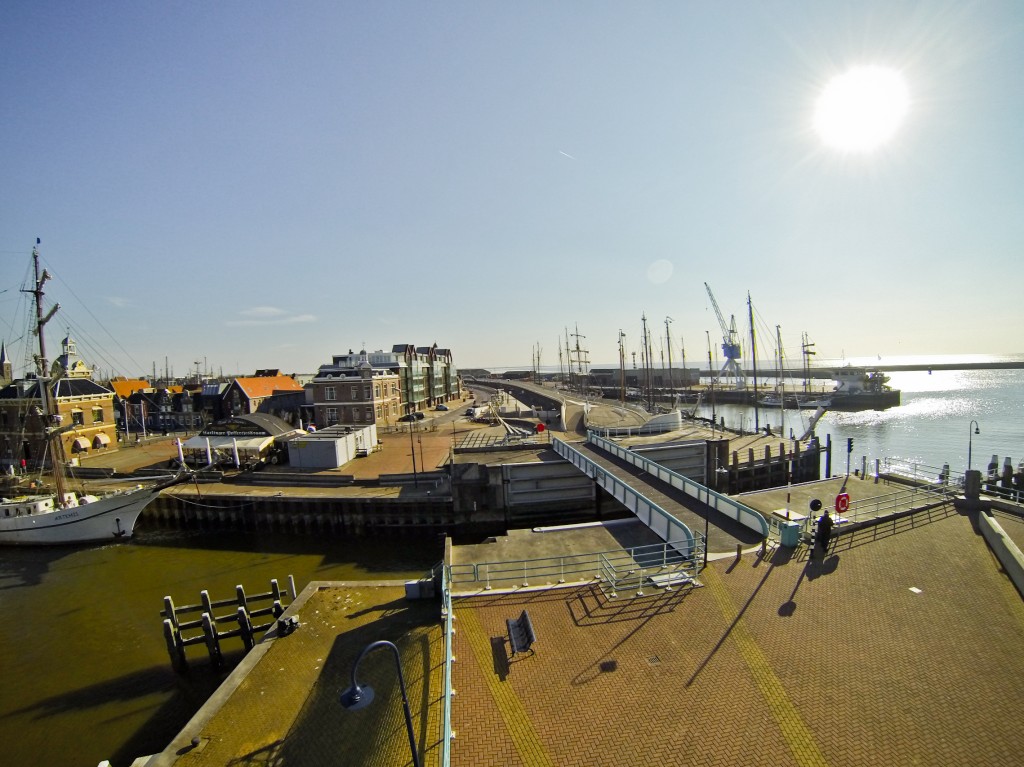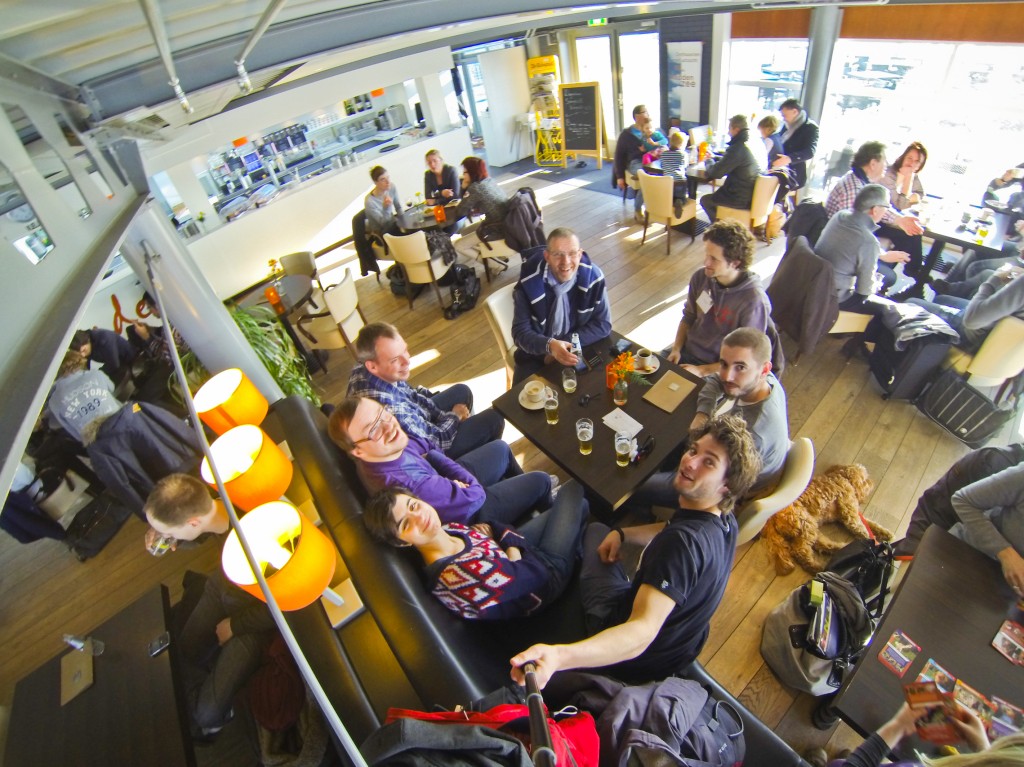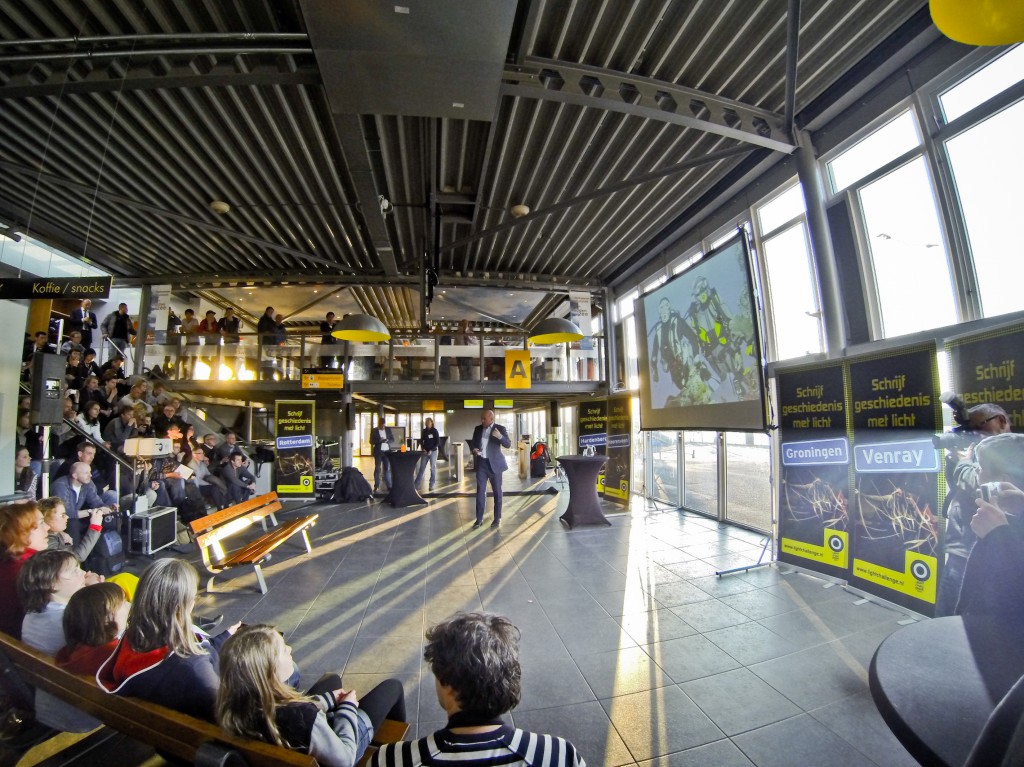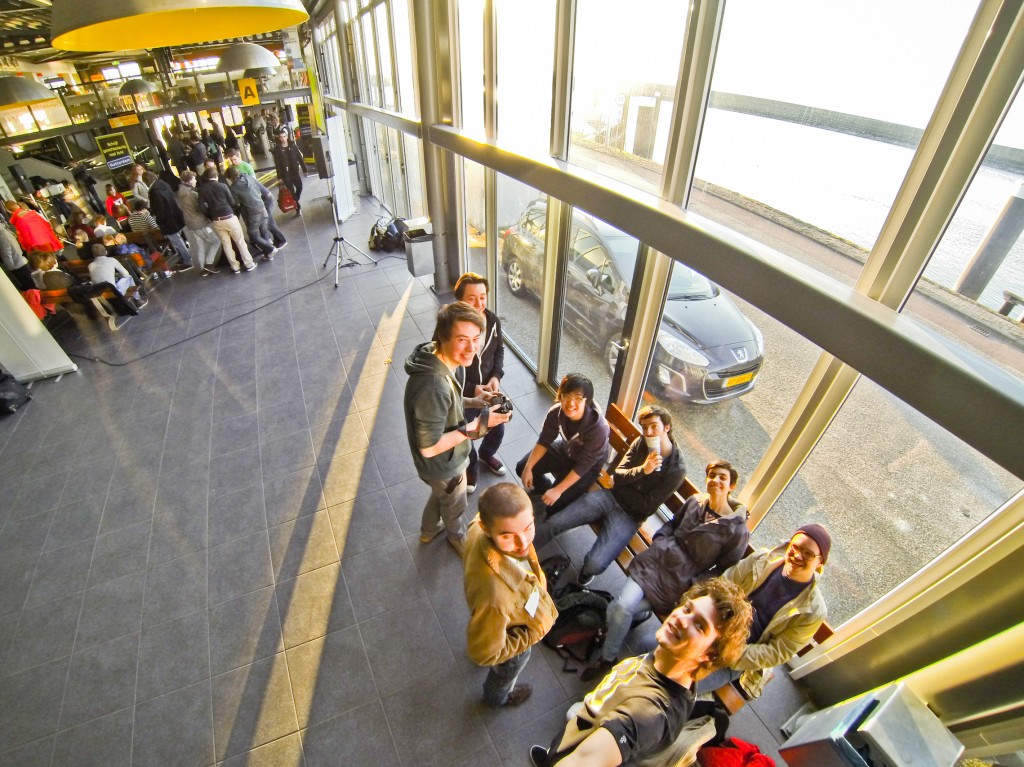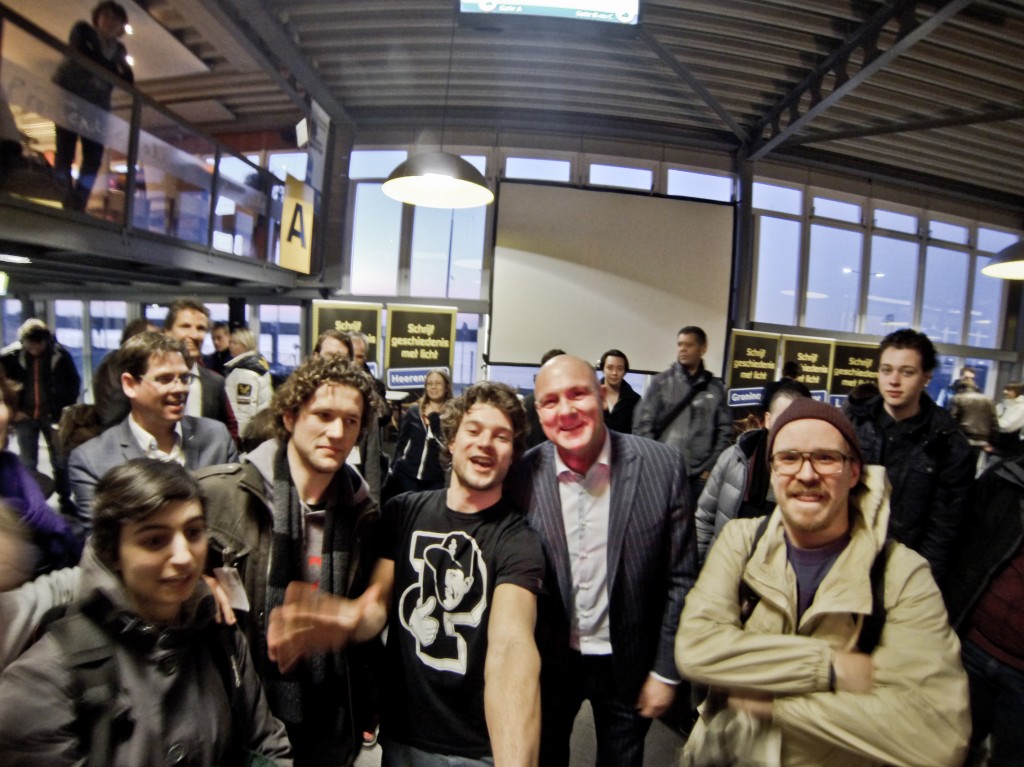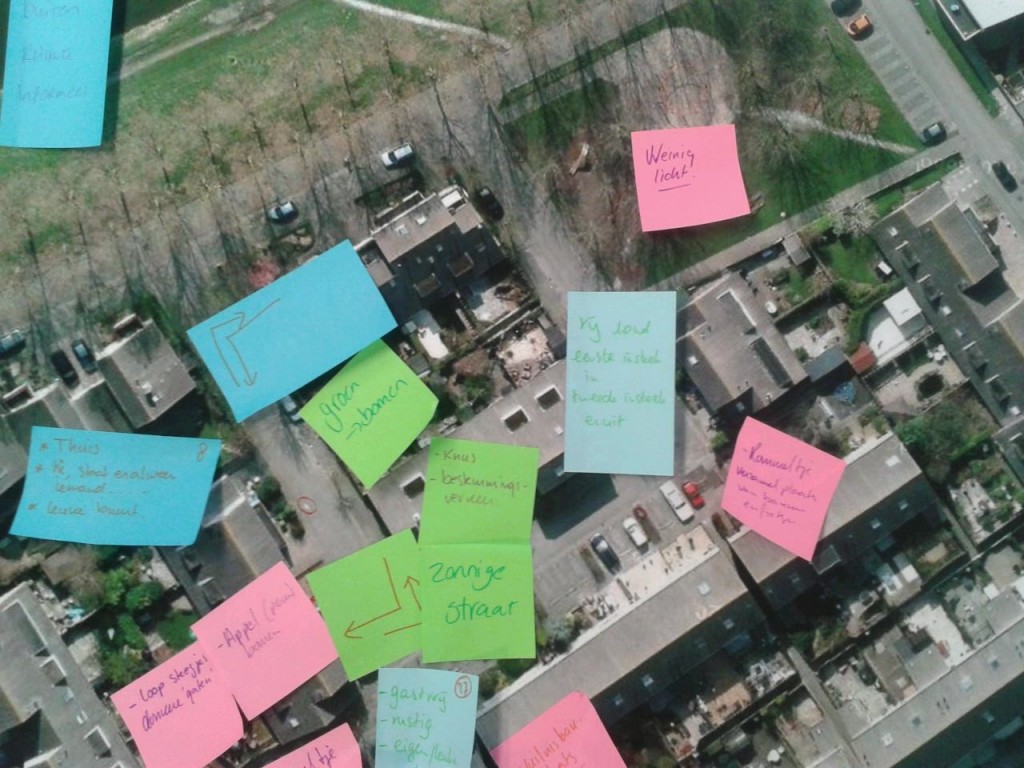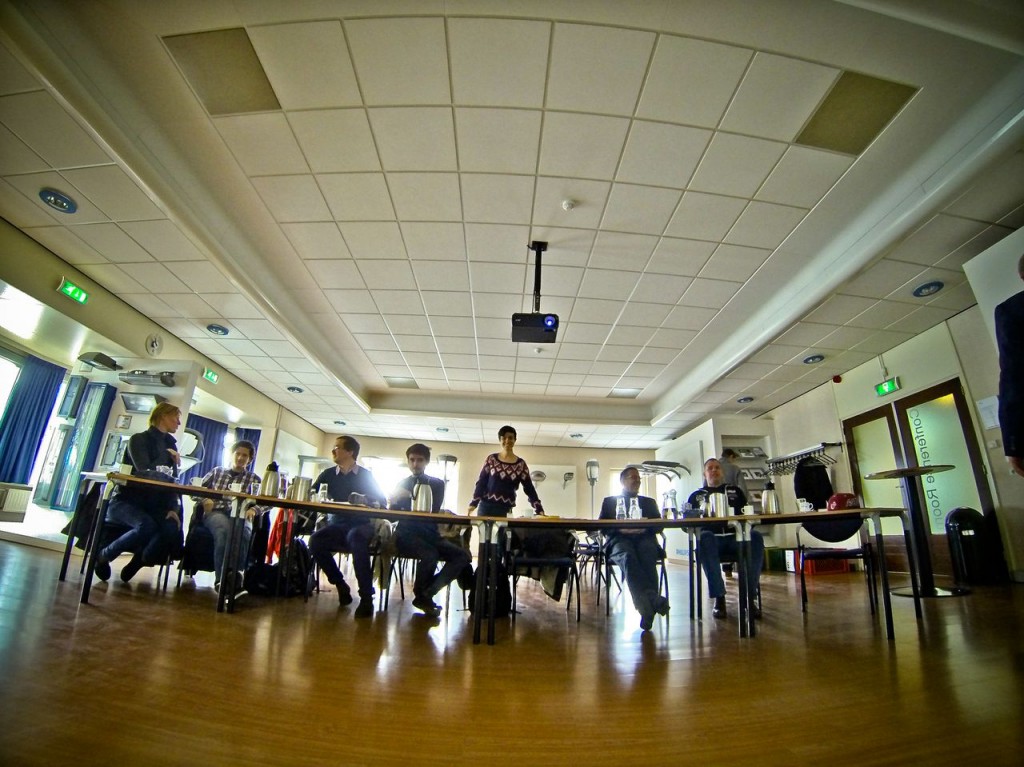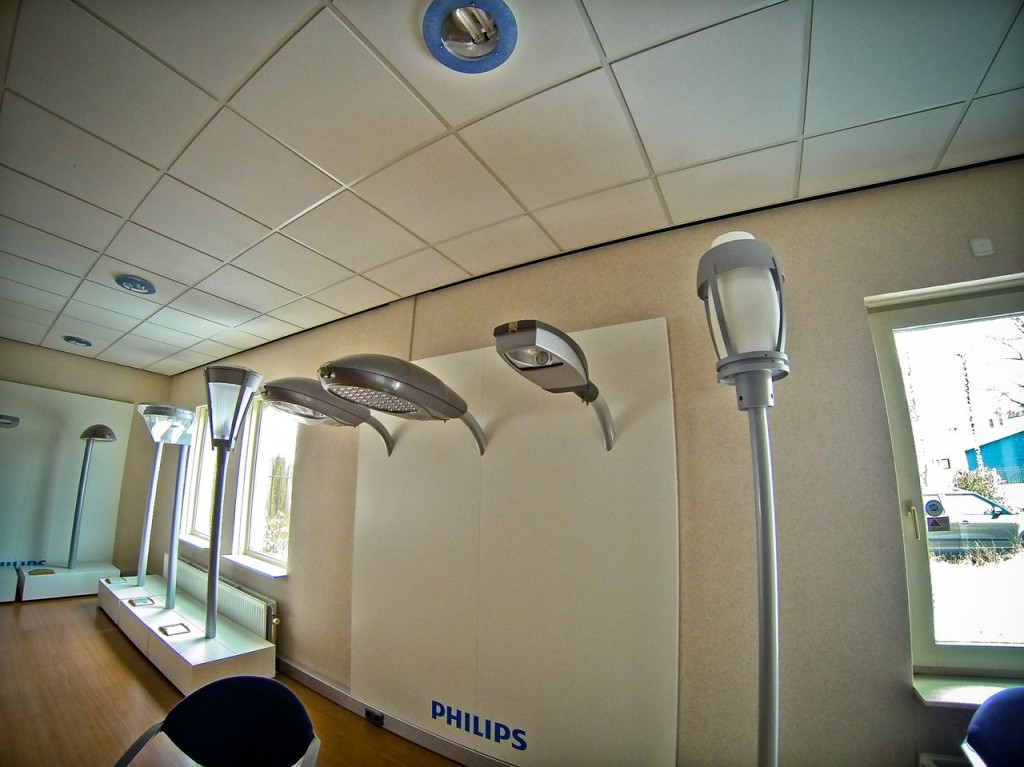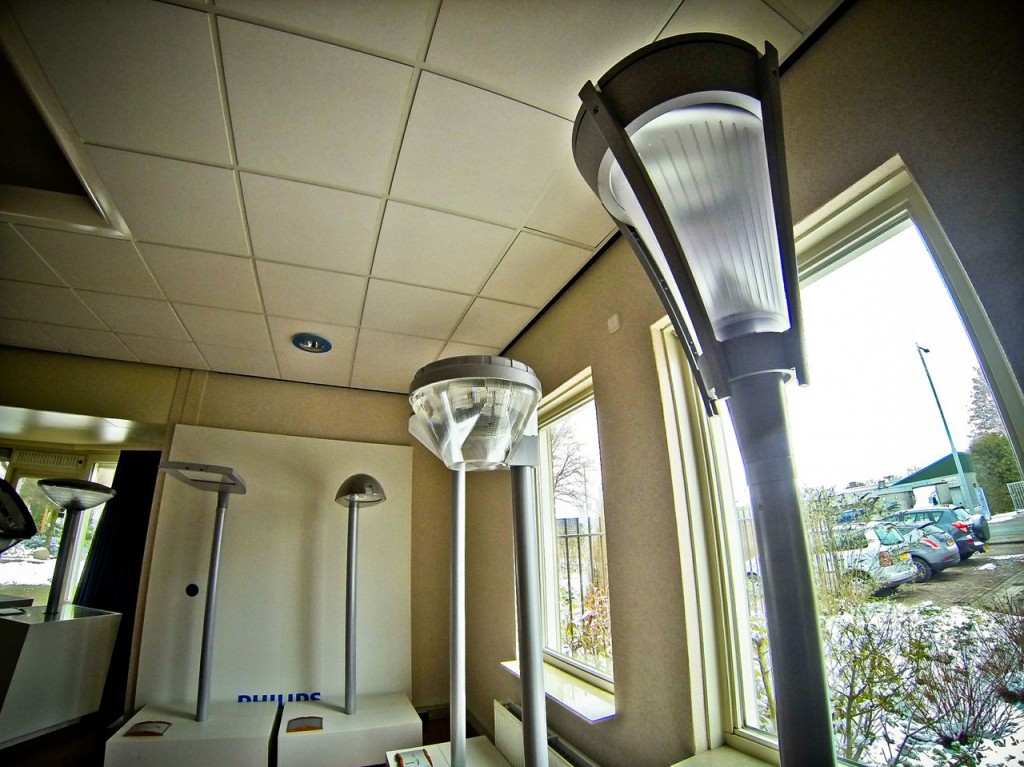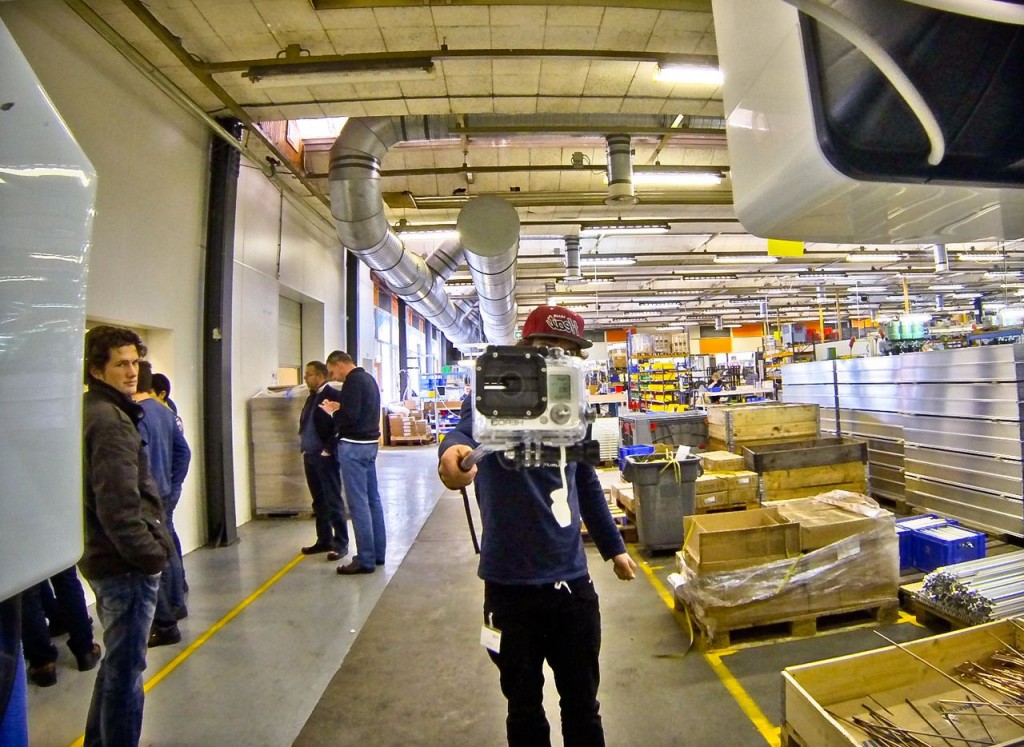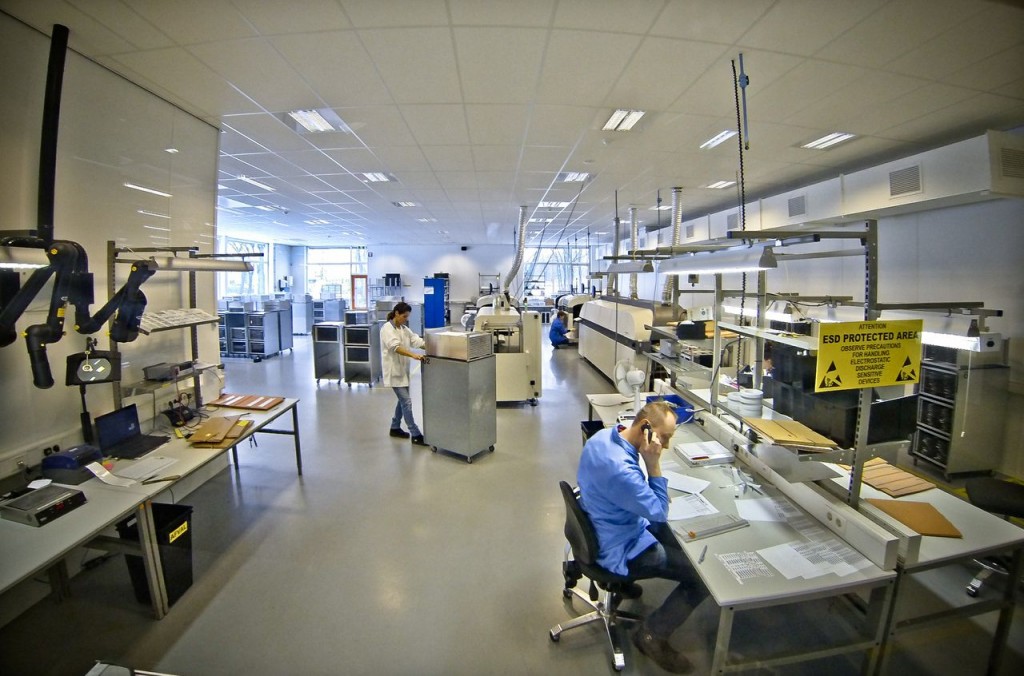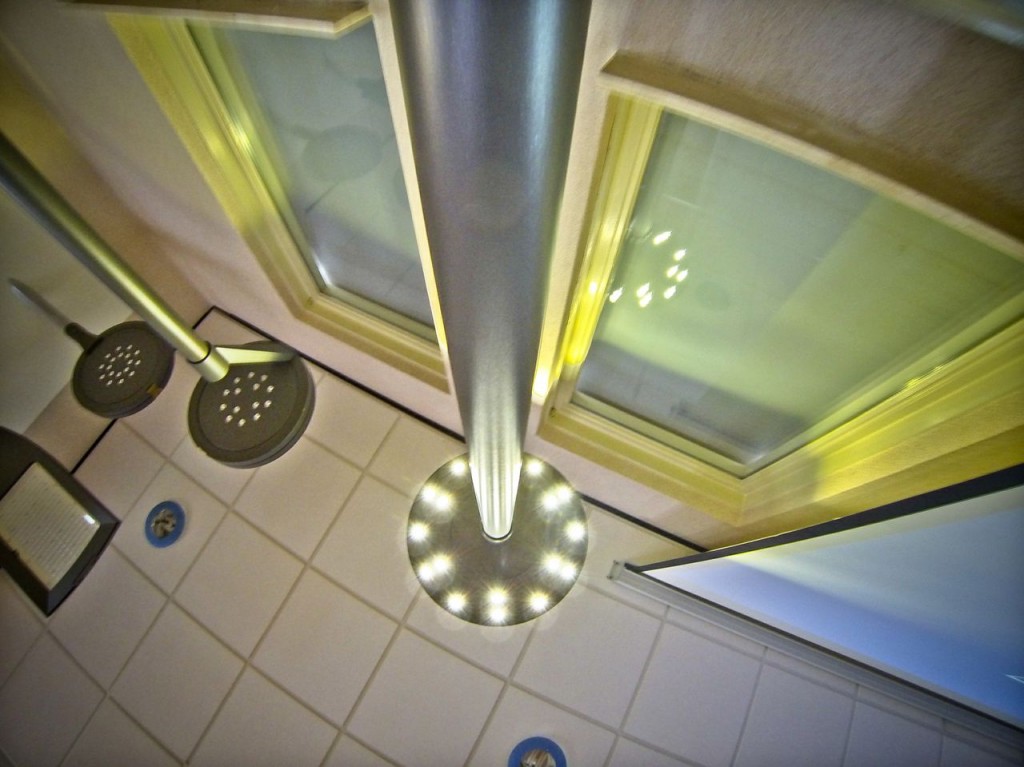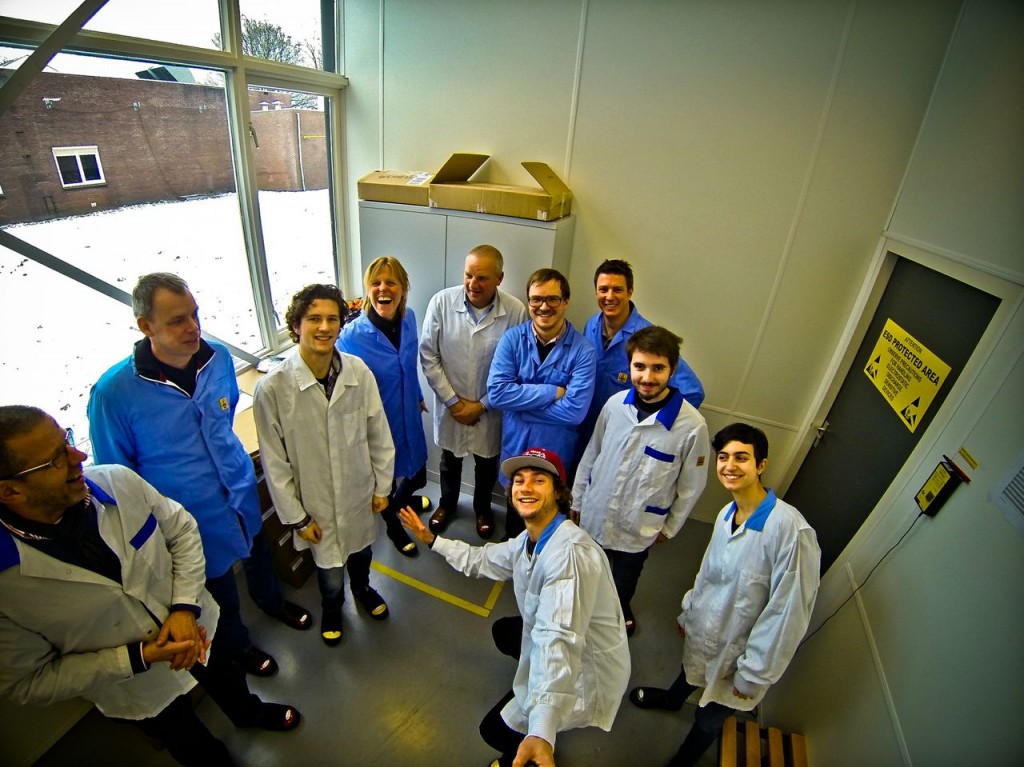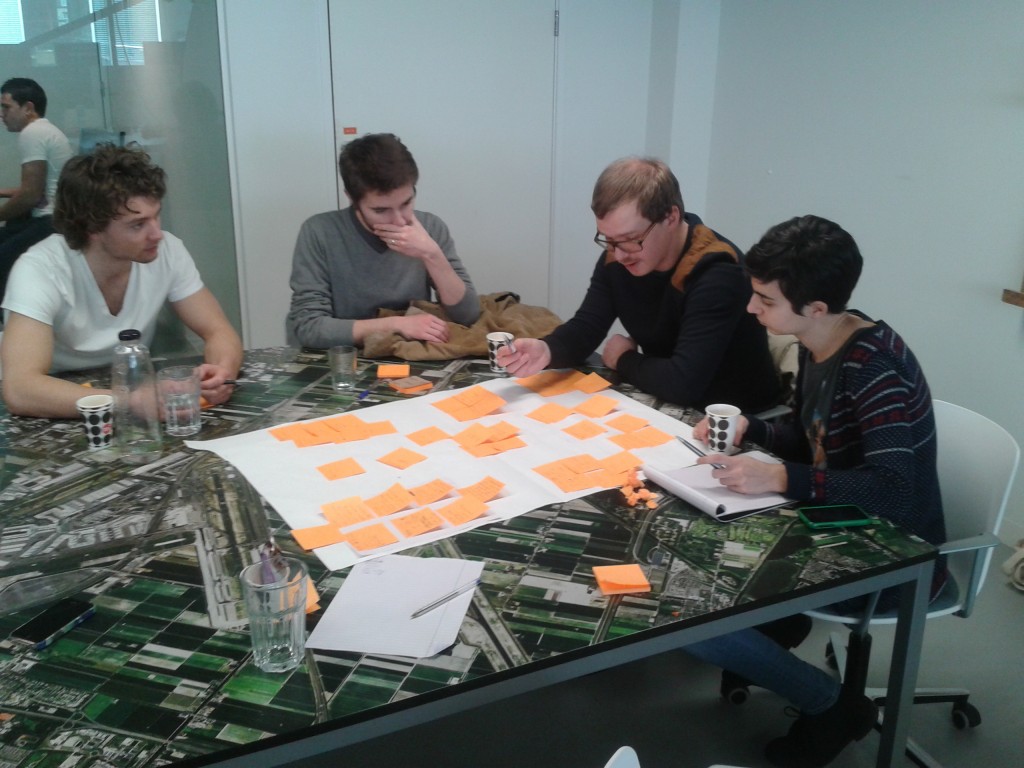Masterclass Almere: Visit to Tendris
We went to Almere to visit the Tendris factory. Once started as a small working place, over time it developed into a very important company in the lighting industry and it has earned a lot of international prestige.

For example, the people who are working there invented a wireless light bulb. It is a concept with a lot of simplicity, but even people like Bill Clinton were really impressed just because of that. They also invented a turbine that was so small that nobody believed it would work. The philosophy behind Tendris is that if you really want something, you have to fight for it. In the beginning people might call you crazy because it is impossible to implement your idea into society, but in the end they will say you were right with your innovative concept.

We had a tour through the Tendris factory, so they could show us different projects they are working on. These days they guide a lot of groups of interested people through their working place.

Then we went to the dark room, were was shown and explained what the different effects of coloured LED are on your eyes. There was a paper on the wall with letters in different sizes. You could see that the difficulty to read different lettertypes depends on the color of light. Furthermore, with the mixture of red and a flashing blue light you can see the yellow spot your eye creates on the wall with the size of 2 euro coin. Blue light makes it hard to read the letters and distinguish the different colors on the poster to the left. Red light makes the vision of your eyes way sharper. A lot of different colors were shown on the wall, like purple, light green, yellow. They all had different effects on your eye vision. Furthermore, with the mixture of red and a flashing blue light you can see the yellow spot your eye creates on the wall with the size of 2 euro coin.
The second part was the place where they tested the amount of light and which models and graphics you can make of that. In this picture you can see a device that is used to distribute the light of a LED equally on every place around the source. A lot of different graphics were shown about this testing. To let a light function efficiently to the people who are going to use it, the distribution, amount of lux and the temperature must answer to a lot of standards which are visible in the graphic representations of the light that is tested.

The third part was about the growing of algae as a new natural and sustainable source of energy. We saw a lamp that is specially designed to grow algae. These organisms can be useful when talking about sustainability problems. For example, they can replace the fertilizers that farmers use right now. Also they can help with the fuel shortages we will have in the future. When we will be out of oil and gas, organisms like algae might have an answer to that.
And last but not least, Taco Neeb explained about a small pump he created. He told that his small device had a lot of power: in that time it was smaller but at the same time stronger then the best pump in the market. He showed it to some companies, but they all told him the same. The market was not ready for this device, because than the old pumps that their customers trusted and had their confidence in for years would suddenly be worthless compared to this new innovation. But than it was used in an unexpected way.
The innovation was used in blood transfusion. The problem with the old pump was that it crushed certain elements in the blood. But with this new device the blood was kept untouched. So it’s amazing to see what unexpected directions an invention can suddenly take. Taco showed another innovation that made a big impact on lighting systems used in the greenhouse industry. it was a new kind of LED lamp that is way more effective to let grow different kinds of plants. When you held your hand on it you could really feel the warm temperature that was caused by the coloured LED. This system was way more sustainable in an economical way than the old systems that were being used. What the workers of Tendris showed us is that when you really believe in your idea and you fight for it, there might always be a change that people pick it up and can use it in an innovative way. Don’t feel held back because people say it’s impossible to make it or the world is not ready for it.




